
We have been helping families dye eggs for over 140 years. Here’s a few tips we’ve learned along the way.

Hard-cooked eggs are best when you want a sturdy egg for hiding and when you want to eat them when you’re done. They are also easier for younger children to handle.

Empty your eggs if you want to keep them for a long time and bring them out to display year-after-year. You can also strengthen your decorated eggs by covering them with layers of paper towels or similar paper stuck on with white glue or homemade flour-and-water paste.

Wash your hands in hot, soapy water before and after handling eggs (even if they’ve already been cooked or decorated)! This protects everyone from any bacteria on the egg, and protects the eggshell from any oils on hands that may make the dye not adhere. Make sure an adult supervises all projects to ensure common sense food safety precautions are observed.

Although the cooking water must come to a full boil in this method, the pan is immediately removed from the heat so that the eggs cook gently in the hot water. This produces tender, not rubbery, eggs and minimizes cracking

This harmless but unsightly discoloration that sometimes forms around hard-cooked yolks results from a reaction between sulfur in the egg white and iron in the yolk. It occurs when eggs have been cooked for too long or at too high a temperature. Our method – cooking eggs in hot, not boiling, water, then cooling immediately – minimizes this.

To ensure easily peeled eggs, buy and refrigerate them a week to 10 days in advance of cooking. This brief “breather” allows the eggs time to take in air, which helps separate the membranes from the shell.

Hard-cooked eggs are easiest to peel right after cooling. Cooling causes the egg to contract slightly in the shell. To peel a hard-cooked egg: Gently tap egg on countertop until shell is finely crackled all over. Roll egg between hands to loosen shell. Start peeling at large end, holding egg under cold running water to help ease the shell off.

In the shell, hard-cooked eggs can be refrigerated safely up to one week. Refrigerate in their original carton to prevent odor absorption. Once peeled, eggs should be eaten that day. Piercing shells before cooking is not recommended. If not sterile, the piercer or needle can introduce bacteria into the egg. Also, piercing creates hairline cracks in the shell, through which bacteria can enter after cooking.

Kids don’t have to be highly creative to create an “eggceptional” egg. Help kids use their imagination to create cool looking eggs by gluing on fun materials found at craft stores, like fake gems, sequins, trims and ribbons. They can also use paint, including gold or silver metallic paints, to make their eggs “eggstra” special!